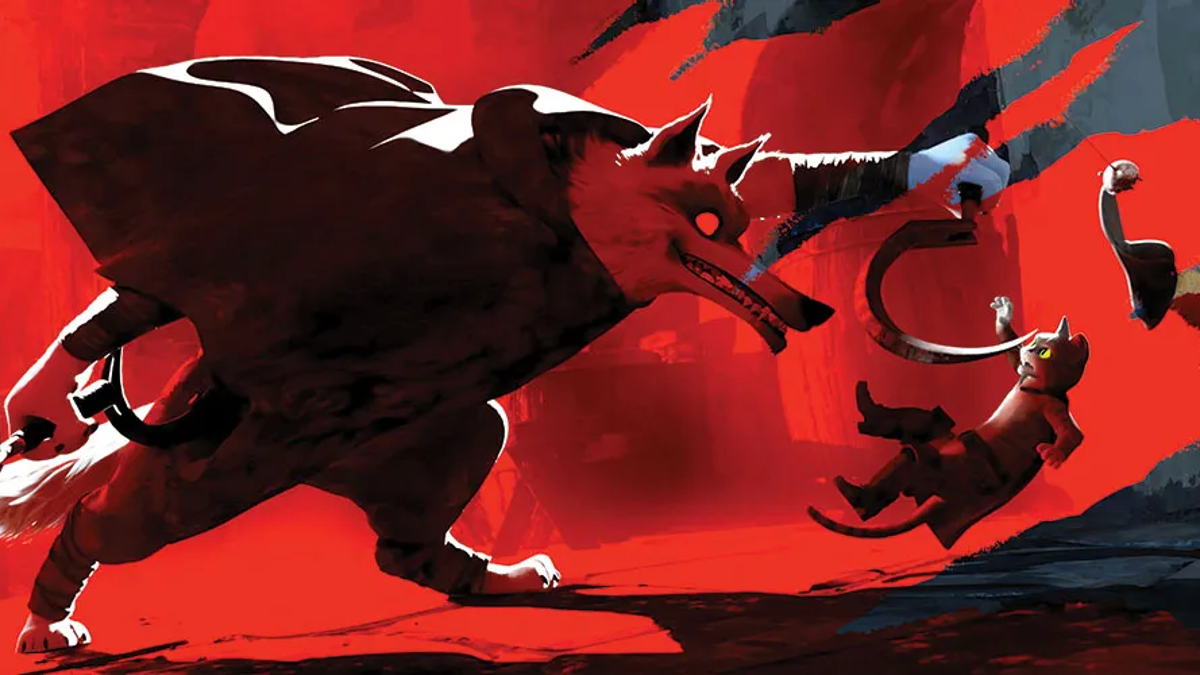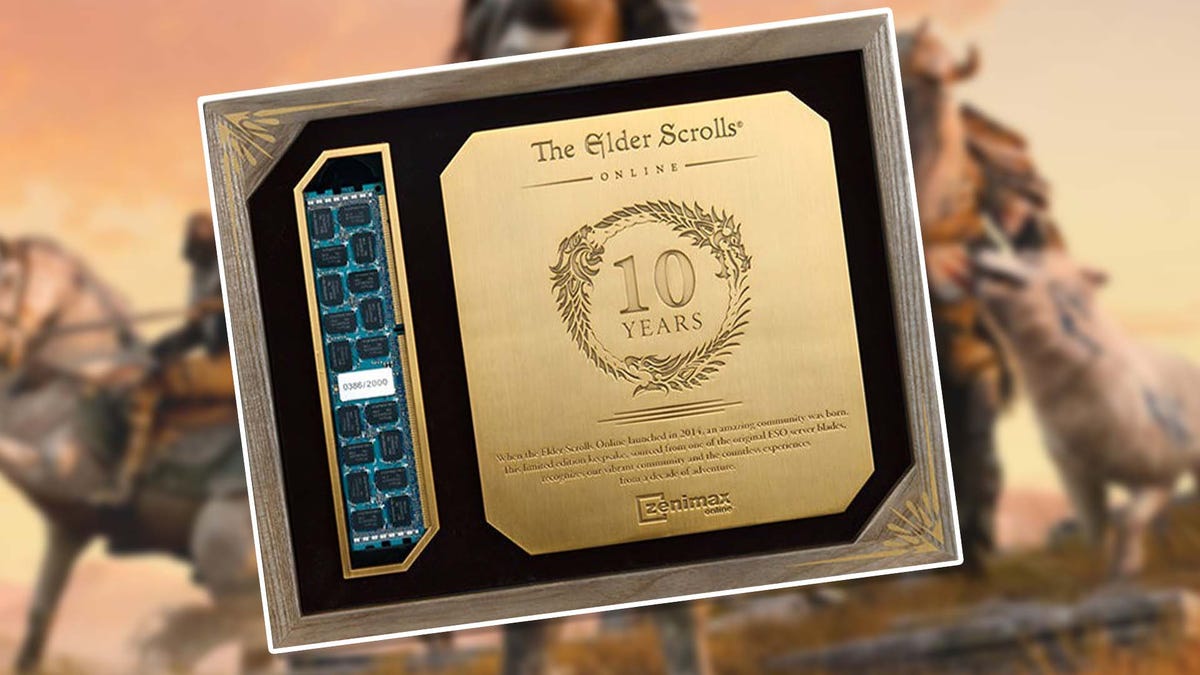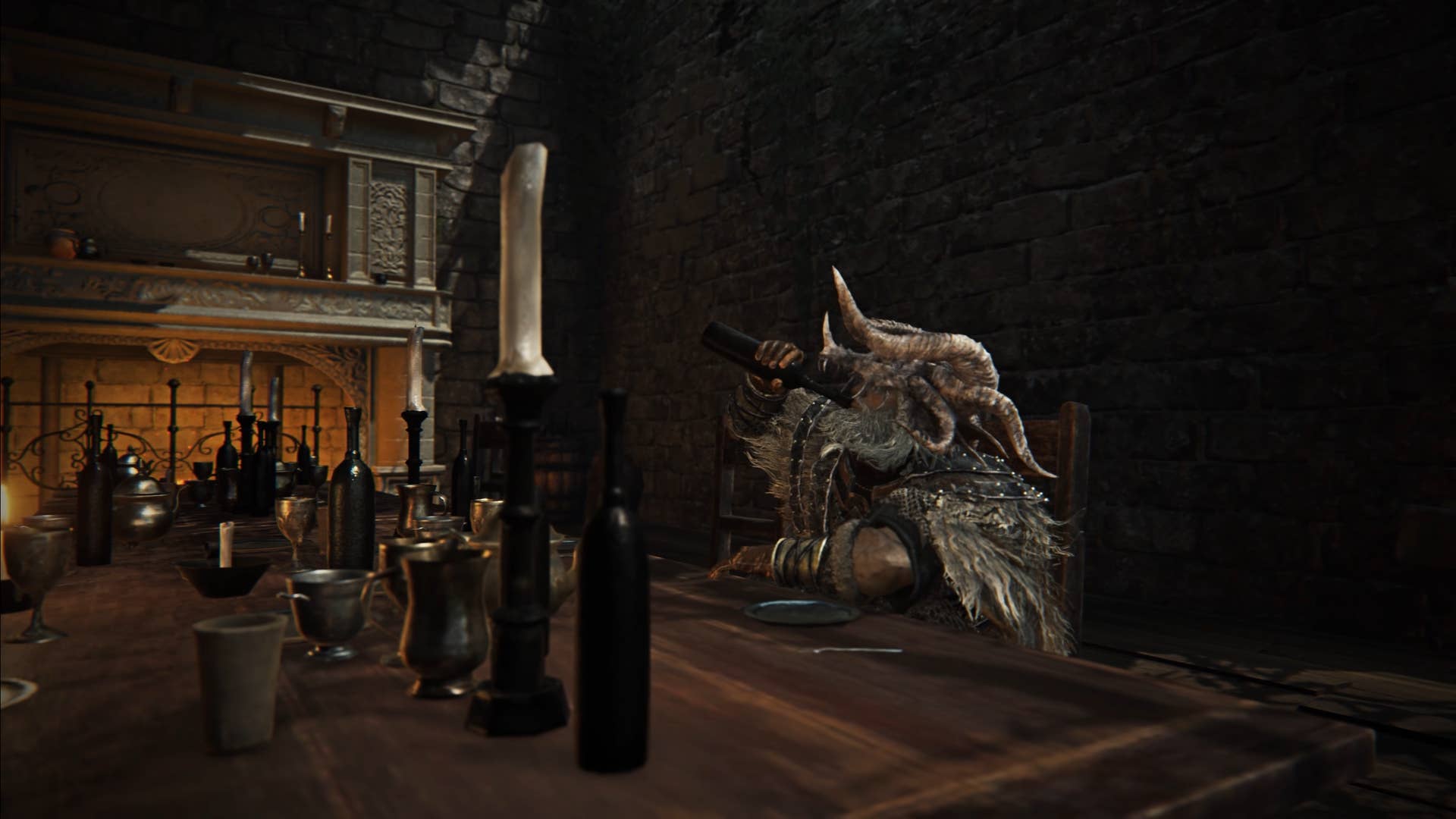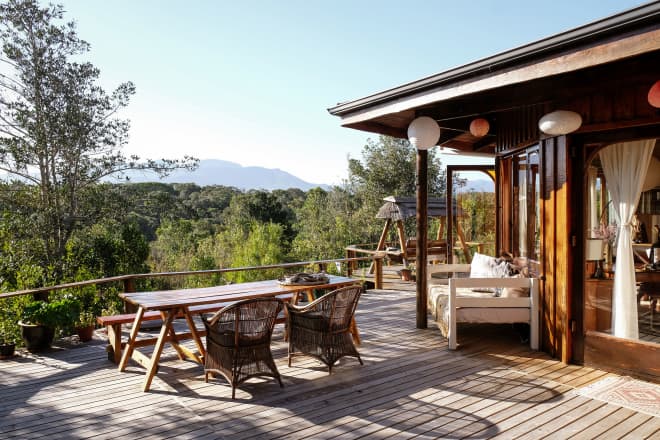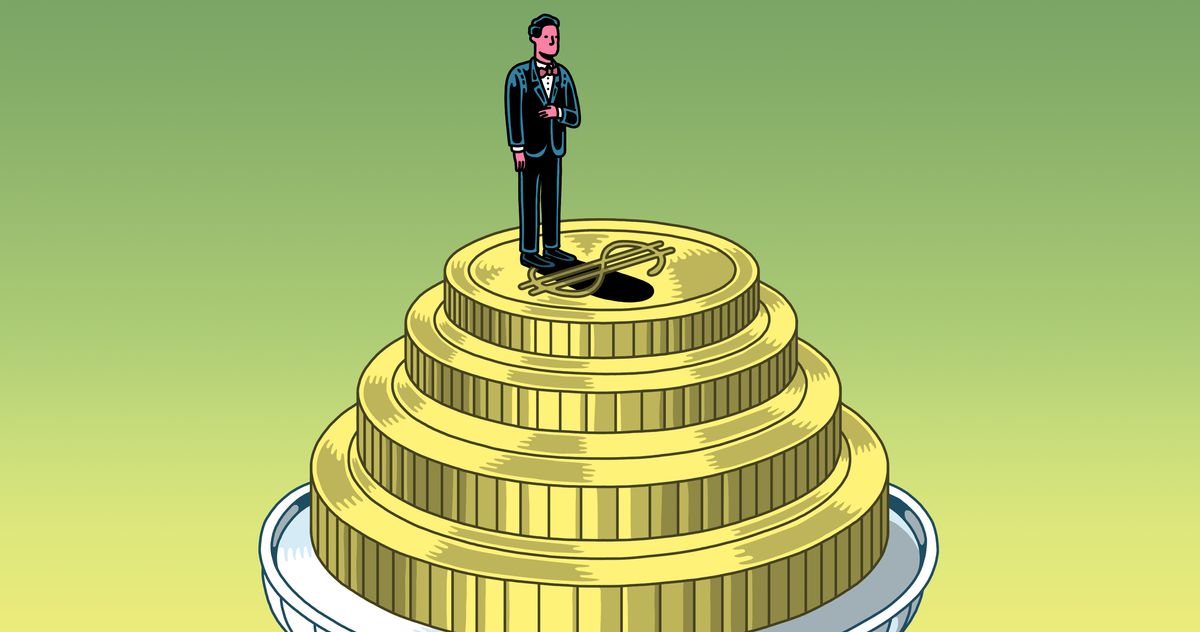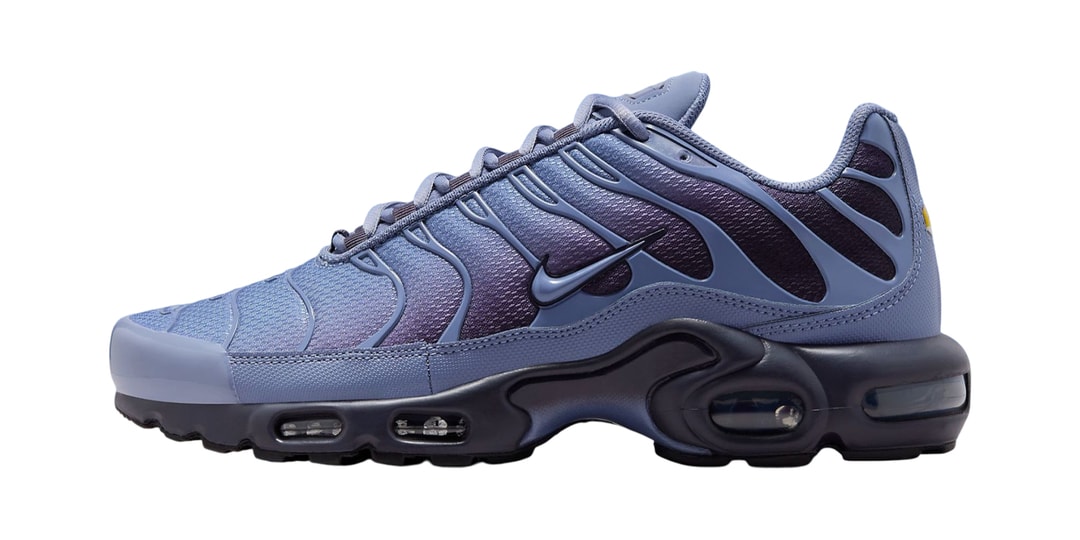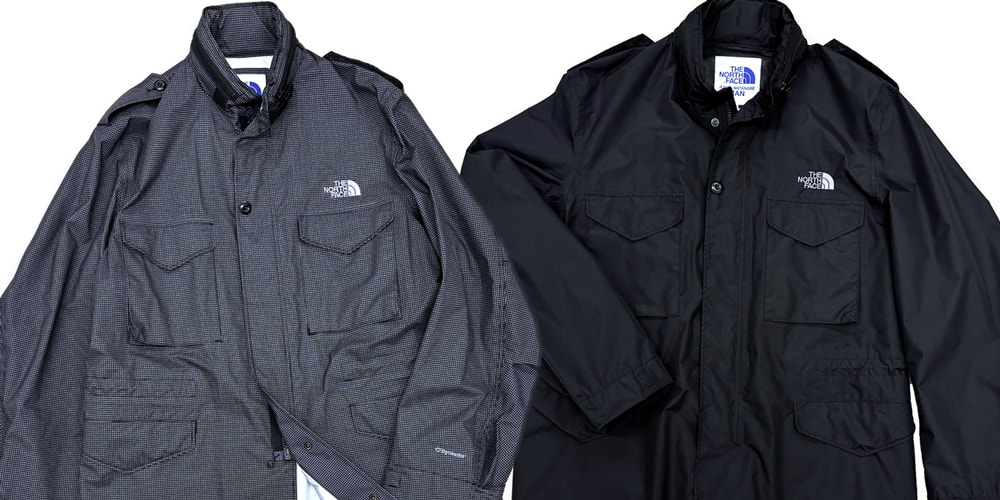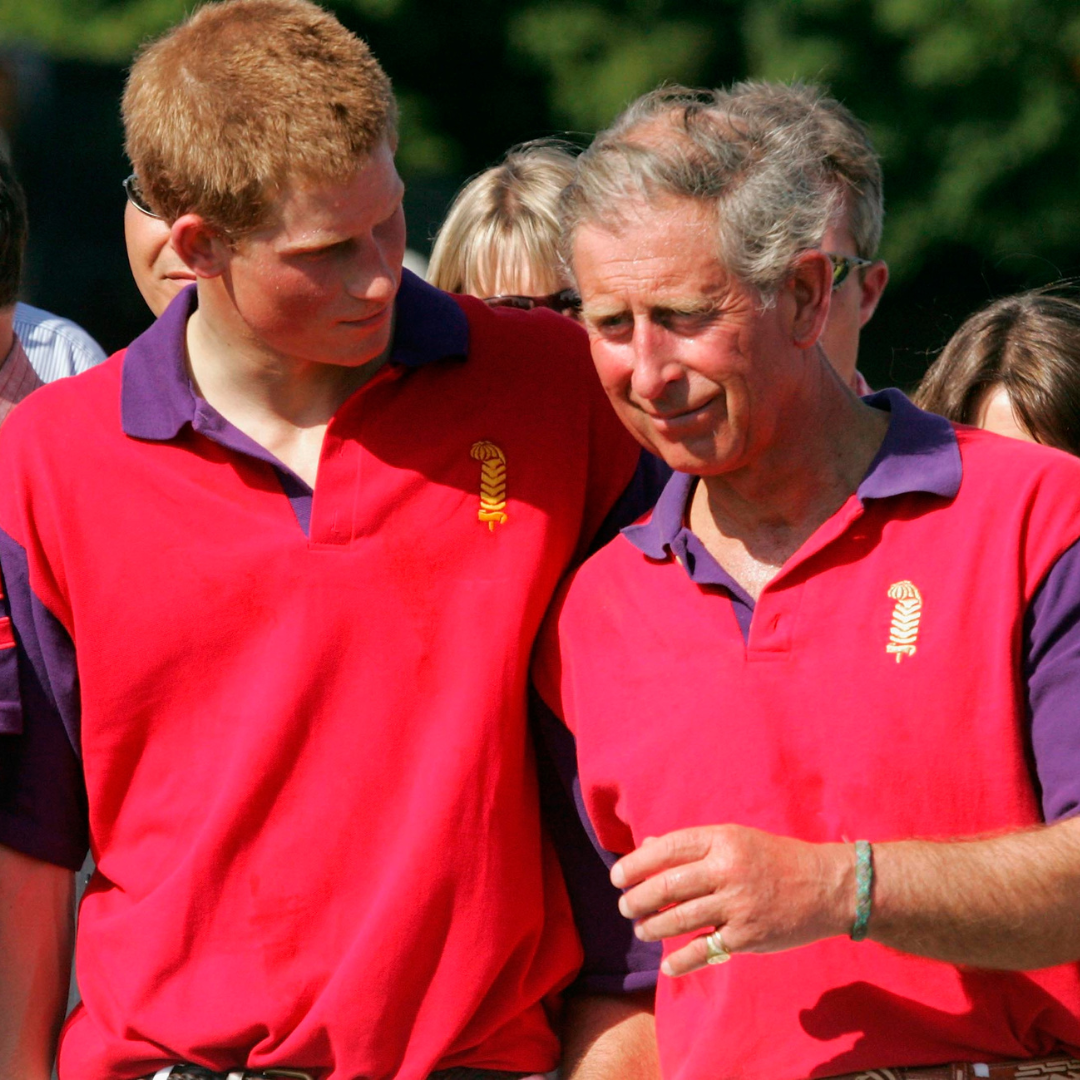Explore the German Alps on this 9-day Bavarian itinerary
The Bavarian Alps are a realm of snow-capped peaks, fairy-tale castles and charming mountain villages. Discover more on this 9-day itinerary from Munich.

Snow-capped peaks, fairy-tale castles and charming mountain villages, the Bavarian Alps are a definite highlight of any trip to southern Germany. Every visitor to this dramatic corner of Bavaria should set aside time to explore the rugged landscapes of Europe’s premier mountain range.
From lofty mountain viewpoints to cozy villages where you can pause to recharge after tackling the region’s hiking trails, the Bavarian Alps hold a special combination of storybook magic and scenic grandeur.
To get things started, this nine-day road trip itinerary from Munich will take you to the best stops in the Bavarian Alps, covering everything from serene lakes in the foothills to a train ride to the top of Bavaria’s highest peak.
When is the best time to go?
In Germany’s silvery sliver of the Alps, there are two peak times to visit – during the snowy winter and at the height of the European summer holidays in July and August. As winter is ski season in the Alps, transport and accommodation can become very pricey between December and April, and prices peak again in the summer.
To avoid the crowds, consider visiting in late spring or autumn when temperatures are mild and pleasant, days are long enough for hikes and day trips, and the peak season crowds are largely absent at major sights.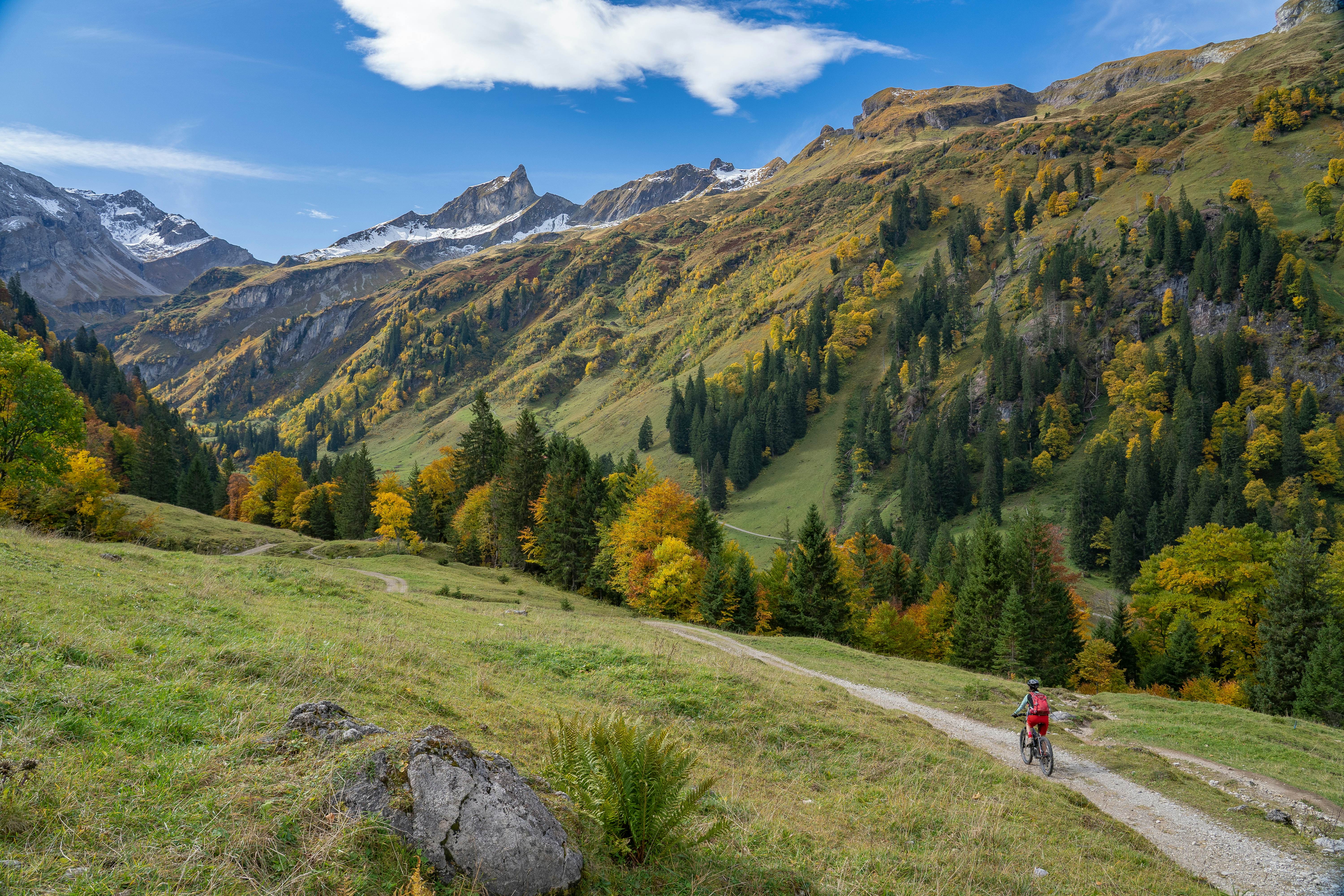
How to get from the airport
Munich Airport is the primary point of entry for international travelers to Bavaria, though some visitors land in Frankfurt and travel to Bavaria overland. Munich's main train station, the Hauptbahnhof, is another common arrival point, with regular train services from France, Austria and other neighboring countries.
How to get around
Traveling by car is the most convenient way to explore for most of the trip. You can pick up a rental car on arrival at Munich airport, or close to the train station. However, keep in mind that mountain bus services are the only way to reach some locations in the Bavarian Alps, so be ready to park up and take public transport on some legs of the itinerary.
What to pack
When heading to the Alps, packing warm clothing that you can add and take off in layers is a good idea all year round, especially if you plan to spend time outdoors at altitude. In winter, bring gear for snowy weather and carry blankets, food, water and a mobile phone and power bank charger in case of emergencies. Proper hiking boots are needed for the Alps, and are also worth having for walks in the Bavarian Forest.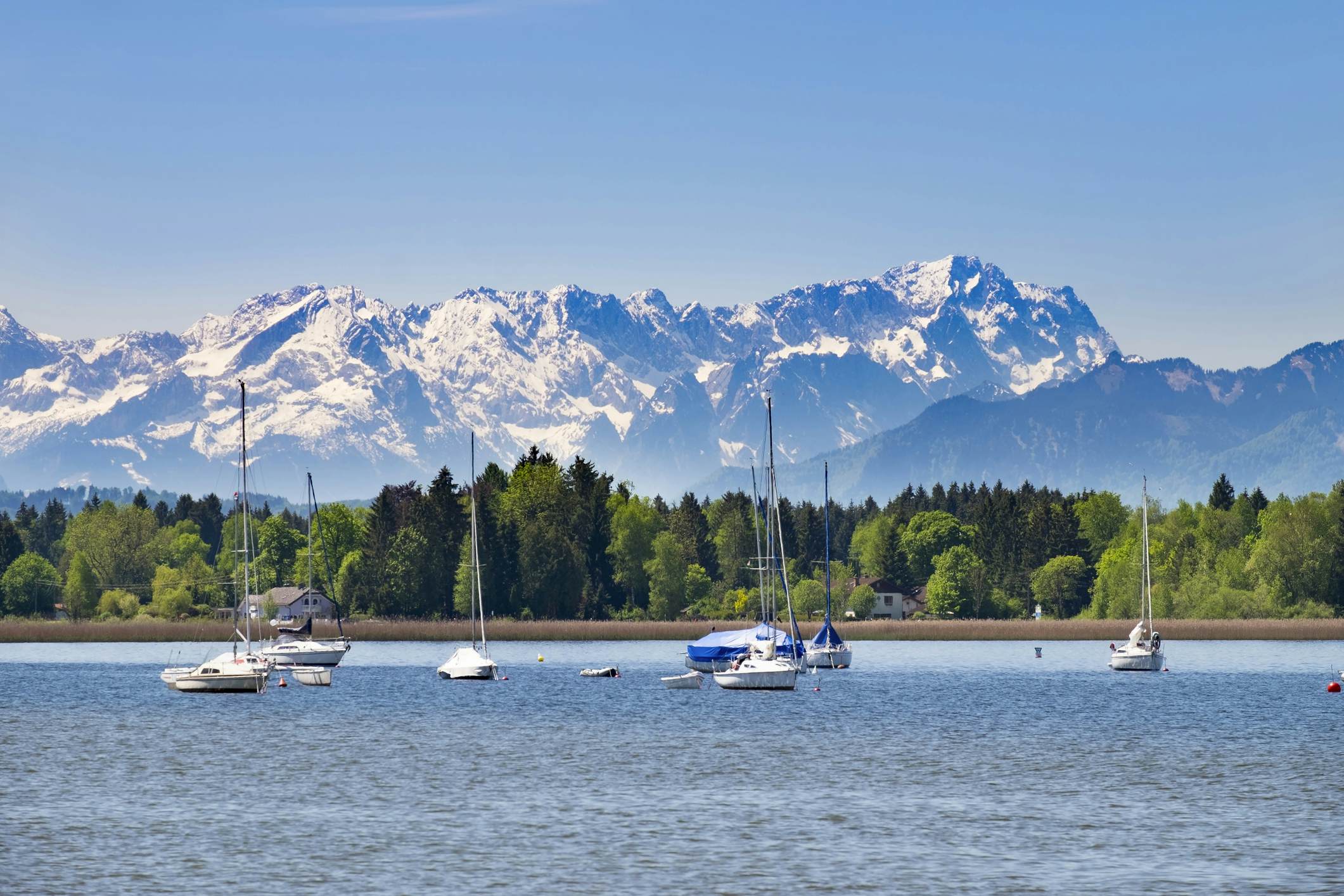
Day 1: Start your journey in Starnberger See
Go from Munich to Starnberger: On your first day, make your way from Munich to Starnberger, a popular weekend getaway for the hard-working folk of Bavaria’s largest city. The drive takes around 30 minutes, following the A95.
How to spend the day: Once you’ve settled into your Starnberger accommodation and paused for lunch at one of the restaurants and cafes at the north end of Starnberger See (Lake Starnberg), hike along the lakeshore to Schloss Berg, admiring the mountain views.
This grand residence overlooks a body of water that hides a dark secret. It was here at Berg that Ludwig II, the 19th-century King of Bavaria, drowned – or was murdered – along with his doctor. A somber cross rises from the water at the spot where Ludwig’s body was found.
Nearby, there are several sights related to Empress Elisabeth of Austria – popularly known as Sisi – who used to spend summers here. Drop by the Kaiserin Elisabeth Museum near Possenhofen station and Roseninsel (Rose Island), the site of a royal summer palace, which can be reached by local ferry.
Evening: For an early evening brew before supper in Starnberger, check out Kloster Andechs, a gorgeous hilltop monastery famous for the lagers brewed by resident monks, which can be slurped in its Bräustüberl.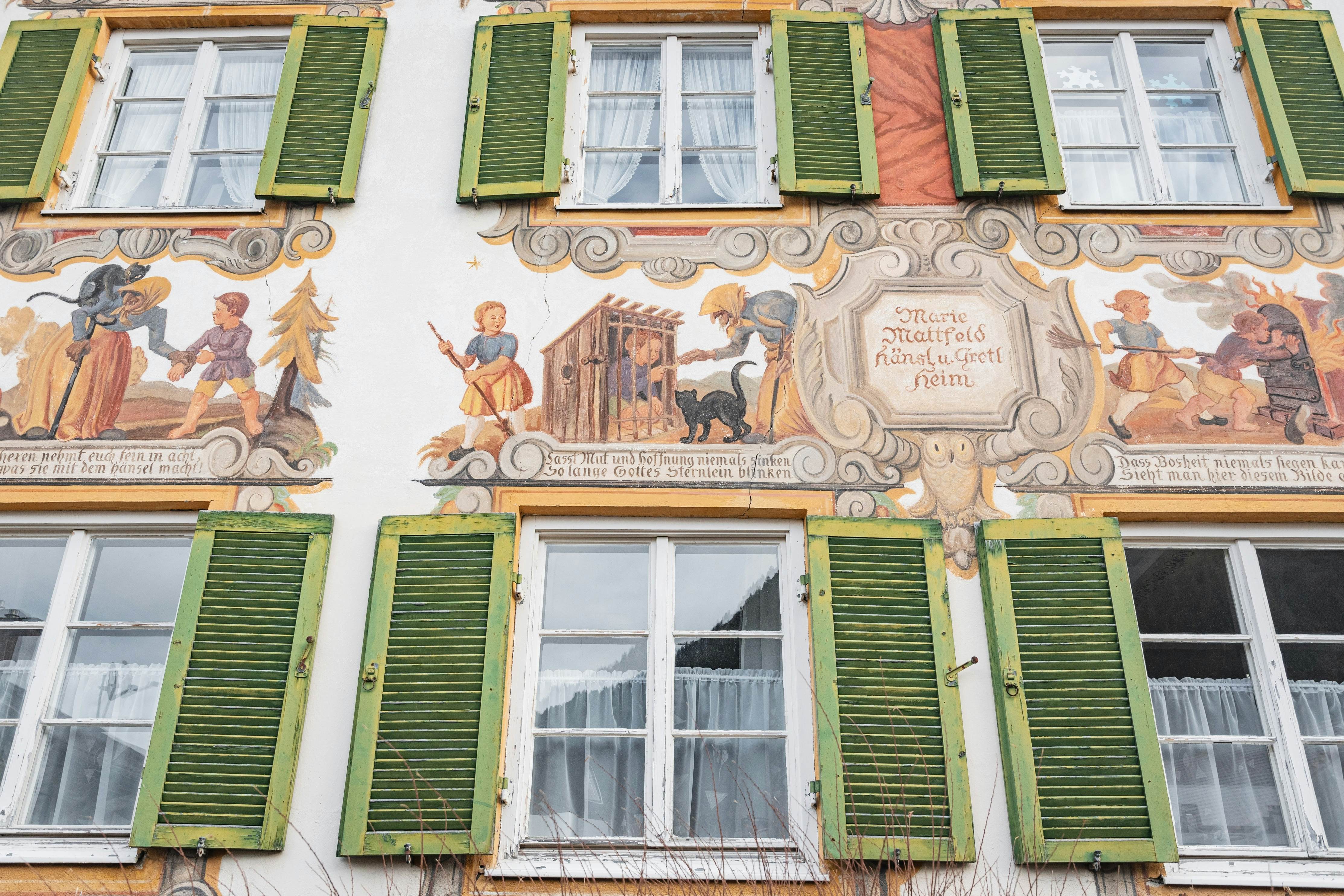
Day 2: Explore folksy murals in Oberammergau
Go from Starnberger to Oberammergau: From Starnberger, drive to Oberammergau, a trip of less than an hour, starting on the A95.
How to spend the day: Start your visit by wandering around this quintessential Alpine village and admiring the numerous examples of Lüftlmalerei – decorative murals painted on house facades. Lüftlmalerei can be found throughout the Alps, but the style was actually invented here.
One of the best examples in town is the Pilatushaus, where painted columns snap into 3D as you approach. The residence contains a gallery of traditional paintings on glass on the 1st floor, and several workshops at ground level where you can watch demonstrations of local crafts.
You can also hike for 12.5km (7 miles) from Oberammergau to Schloss Linderhof, a small but delightfully extravagant palace built by Ludwig II, set against a backdrop of snowcapped Alpine peaks.
Afterward, take a sip of monk-distilled liquor at nearby Kloster Ettal, accessible via an easy and enjoyable hike along the Ammer River. Ettaler Klosterlikör, a sugary herbal digestif, is available from the in-house shop.
Evening: Stay for the night at Gästehaus Richter, a central, family-run guesthouse in Oberammergau, providing a warm Alpine welcome and a hearty, day-launching breakfast. 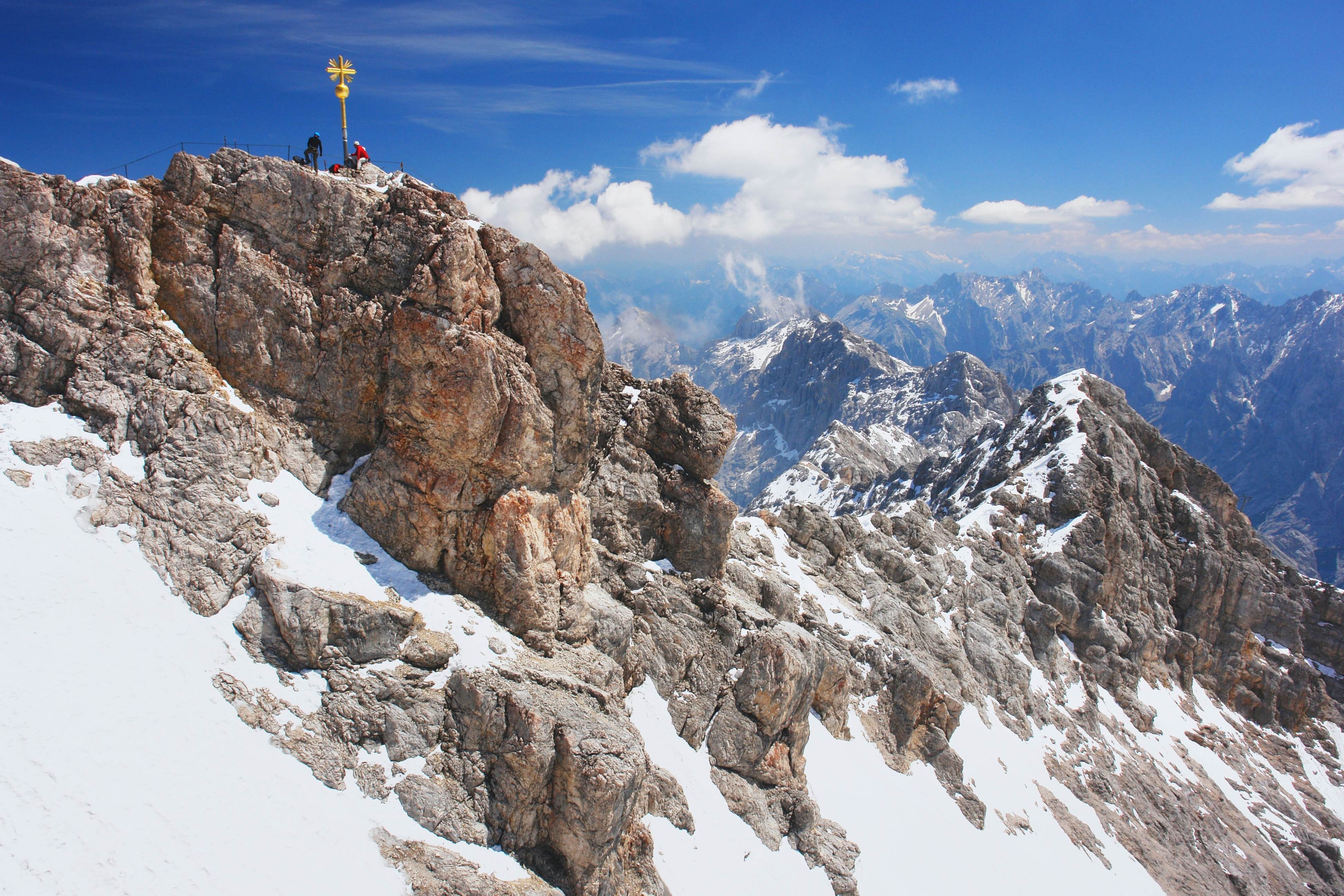
Day 3: Ascend Germany’s highest peak in Garmisch-Partenkirchen
Go from Oberammergau: An easy 20-minute drive from Oberammergau is Garmisch-Partenkirchen (Ga-Pa), the double-barrelled winter sports resort that serves as the leaping-off point for ascents of Bavaria’s tallest peak.
How to spend the day: Rising to 2962m (9700ft), Zugspitze is Germany’s tallest mountain and home to the country’s only glacier system. Heading to the viewpoint at the summit is a highly rewarding endeavor.
There are three ways to reach the roof of Bavaria. The most intriguing is the cogwheel train known as the Zugspitzbahn, which chugs uphill from a special station next to Ga-Pa’s main train terminus once an hour until 2:15pm. The journey takes 75 minutes, with memorable views as you head along the plain and up into the tunnel at Riffelriss.
When you alight at the end of the line, you’ll find yourself on the Zugspitzplatt, a plateau below the summit. From here, a cable car takes you the rest of the way to the top, where you’ll find a chalet, snack bars, a museum and stupendous mountain views.
The second way up is to take the train to Eibsee, an idyllic Alpine lake lying around 10km (6 miles) southwest of Ga-Pa. From here, the Eibsee-Seilbahn, a super-steep cable car, swings to the top. You can then take either the cable car or the train back down. The Zugspitze website has timetables and ticket information for both routes.
The third way is to try an ascent of Zugspitze on foot. There are several hiking routes to the summit, but you’ll need good navigation skills, emergency gear and two days to spare for the ascent.
Evening: If you’re drawn to the Alps by yodeling, knee-slapping and Alpine fare, Gasthof Fraundorfer in Ga-Pa is the perfect place to eat. For seasonal game dishes, Zum Wildschütz is the best place in town. Or, for something warming and local, Hofbräustüberl is a very central restaurant offering filling portions of Bavarian food in a traditionally fitted-out dining room. 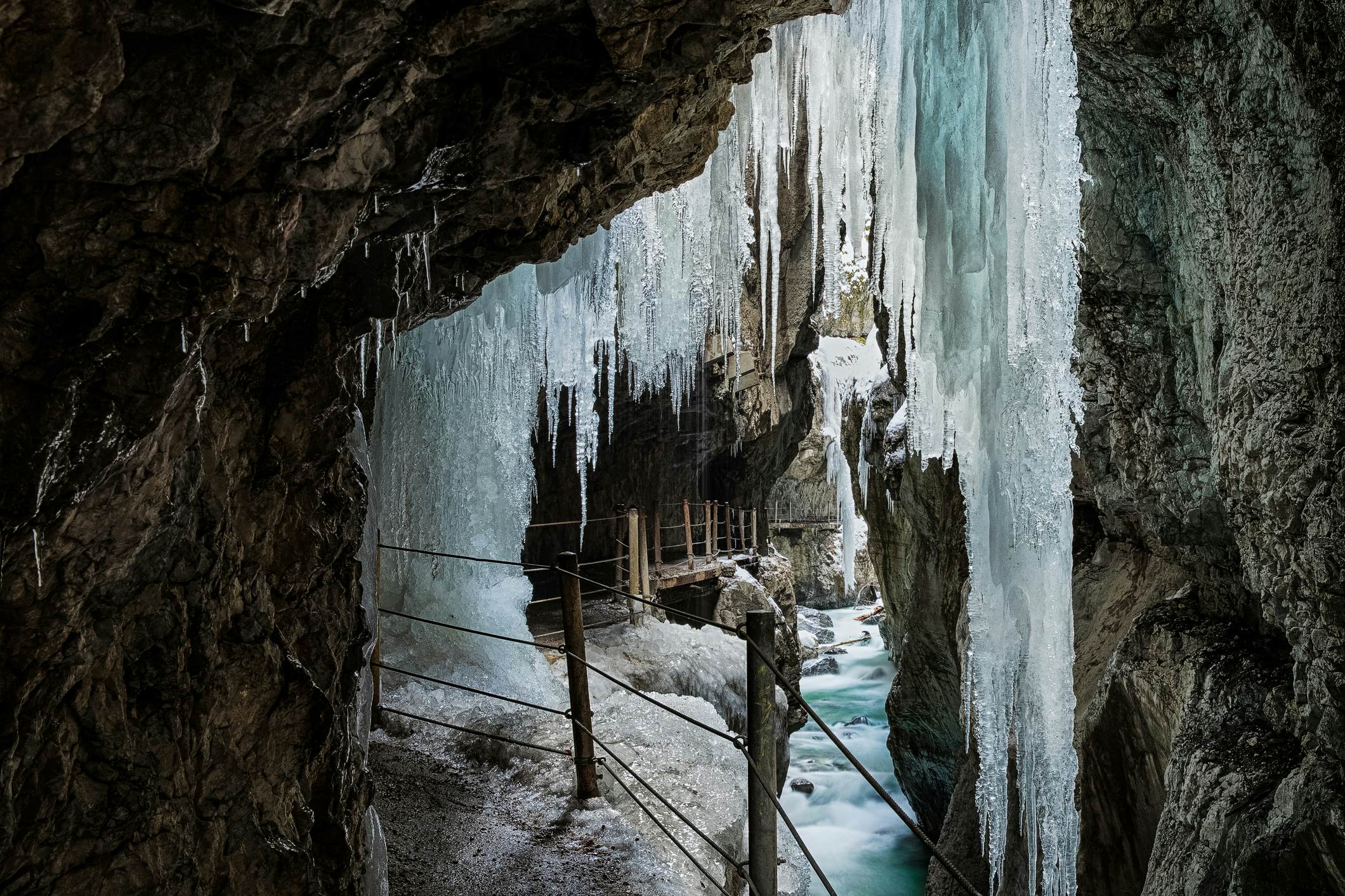
Day 4: Hike along the scenic Partnachklamm gorge
How to spend the day: A second day in Ga-Pa gives you more time to explore. One of the best days out you can enjoy without climbing a mountain in these parts is the hike along the beautiful gorge known as the Partnachklamm. Here, the River Partnach squeezes through a very narrow rock crevice, its snowmelt waters surging through a deep, 700m-long (2300ft) slit in the landscape.
To reach the gorge, head south along the river from the train station, following the signs. You’ll have to buy a ticket to follow the narrow walkway above the gushing river, and it’s best to pay in cash. It’s an enjoyable hike year-round, but the scenery is particularly spectacular in winter when icicles and frozen waterfalls add seasonal decoration.
Before you know it, the Partnachklamm will spit you out into the still-narrow valley of the River Partnach, where you can turn back and enjoy it all again, or head 10km (6 miles) along the river valley on the Jagdschloss Schachen route to the wonderfully remote Königshaus am Schachen, the least-visited of all Ludwig II’s residences. A rather plain wooden structure from the outside, the interior is surprisingly magnificent.
Evening: Along the route of the hike, the Schachenhaus hut has refreshments and basic beds for the night (cash only). If you’re day-tripping to Partnachklamm, dine out again in Ga-Pa. 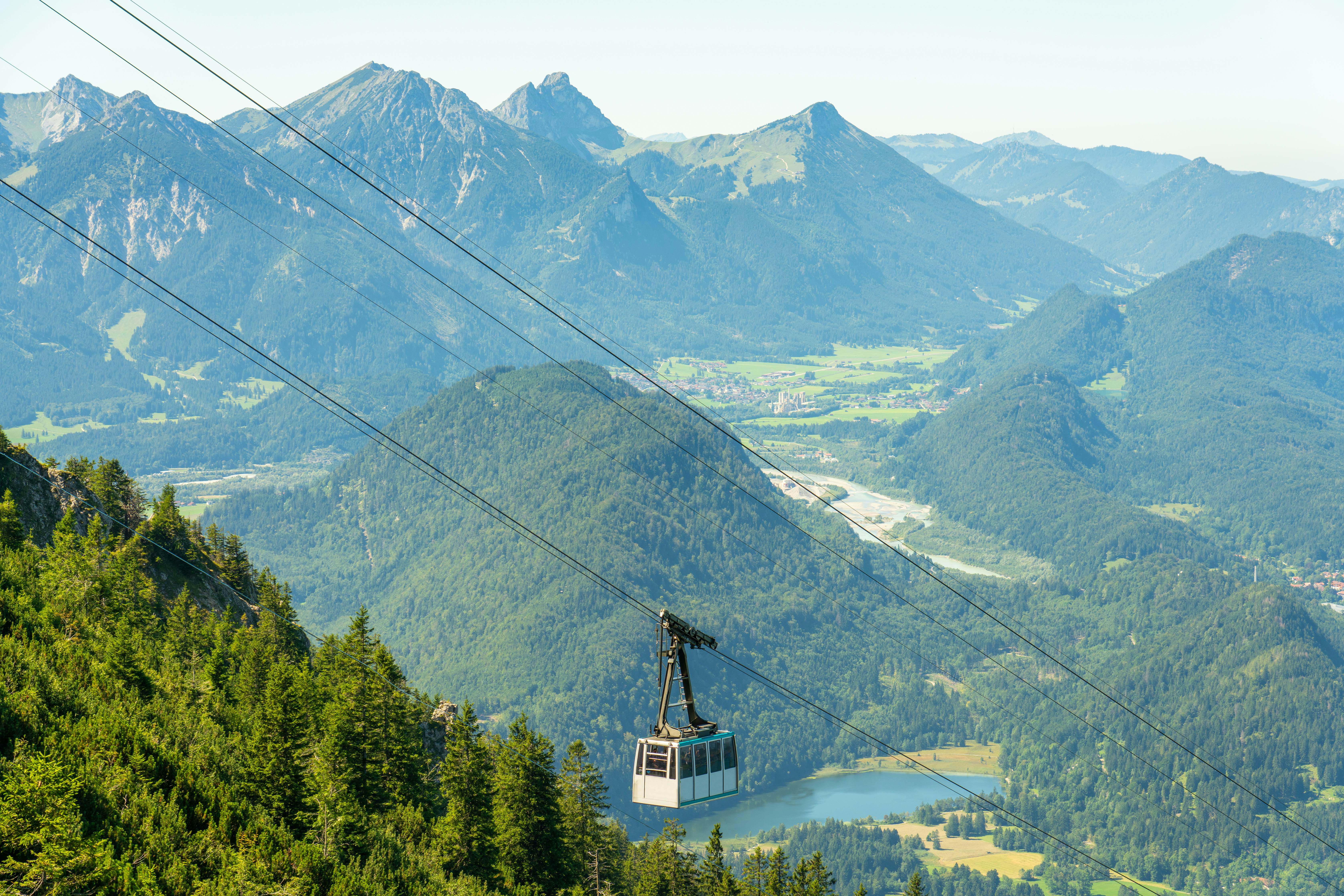
Day 5: Enjoy sweeping Alpine views in Füssen
Go from Ga-Pa to Füssen: After breakfast, drive for an hour from Ga-Pa to Füssen, which lies at the end of the famous Romantische Straße (Romantic Road). It’s a gorgeous drive but make sure you set your GPS to avoid Austria. Crossing the border requires an Austrian motorway vignette, and there’s a €120 (US$125) fine if you don’t have one, making this an expensive shortcut.
How to spend the day: Start your day at the Hohes Schloss (High Castle), a late-Gothic residence that was once a retreat for the bishops of Augsburg. The north wing of this palace contains two galleries with paintings and sculptures from the 15th to the 19th centuries and an architecturally masterful inner courtyard.
In summer, the Tegelbergbahn cable car ascends to the Tegelberghaus mountain chalet at the top of 1567m (5141ft) Tegelberg, from where you can hike back down or head deeper into the uninhabited Alps between Füssen and Oberammergau. In winter, the mountain meadows are taken over by the Tegelberg–Schwangau ski resort, with five easy slopes for beginners.
Evening: Several of the comfy lodging options in Füssen also offer meals, including Frülingsgarten, a family-run hotel, restaurant and beer garden, and Gasthaus Zum Schwanen, which has a restaurant and a small aperitif bar.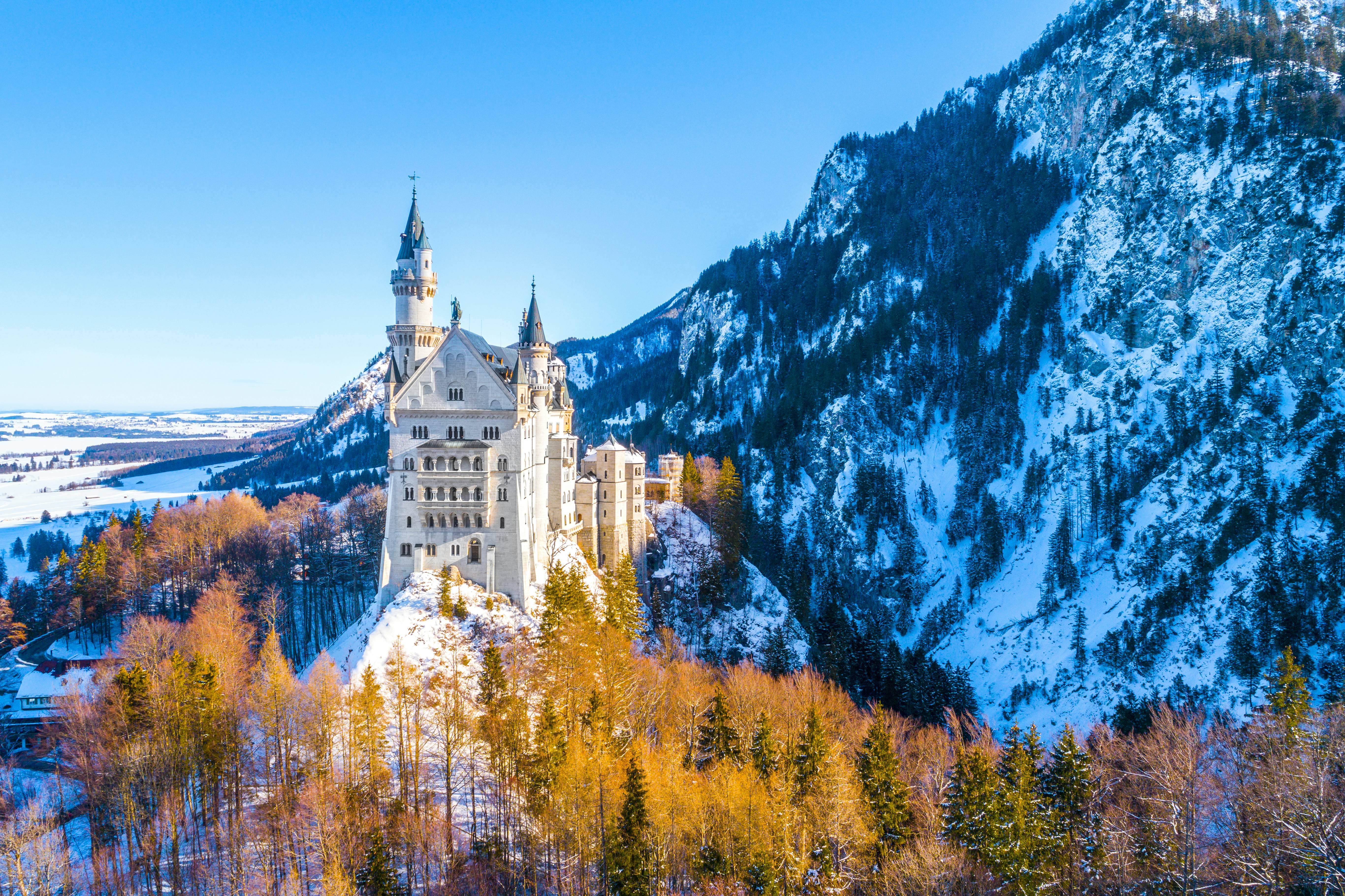
Day 6: Explore the storybook Neuschwanstein castle
Go from Füssen to Hohenschwangau: Head out early to Hohenschwangau, a short drive away from Füssen, to leave yourself with plenty of time to explore two magnificent castles – famous Schloss Neuschwanstein and the lesser known, yet just as interesting, Schloss Hohenschwangau. You’ll return to Füssen for the night.
How to spend the day: Start your day at Ludwig II’s fairy-tale Schloss Neuschwanstein, Bavaria’s most visited attraction. As it comes into view for the first time, it is instantly obvious why.
This is the castle that inspired Disney’s Sleeping Beauty, and must-see spots inside the castle include the Sängersaal (Minstrels’ Hall), Ludwig’s Tristan and Isolde-themed bedroom and the Byzantine-style Thronsaal (Throne Room).
For the iconic postcard view of Neuschwanstein, take a short, steep walk up to Marienbrücke (Mary’s Bridge), which spans the spectacular Pöllat Gorge by a waterfall just above the castle.
It’s a steep 30- to 40-minute walk to Hohenschwangau’s “other” castle, the less ostentatious Schloss Hohenschwangau. Inside, the Hohenstaufensaal features a piano where the composer Richard Wagner once entertained Ludwig with excerpts from his latest works. Some rooms have frescos from German mythology, including the story of the Swan Knight, Lohengrin.
There’s one other attraction here that’s well worth seeing before you go. The huge windows of the Museum der Bayerischen Könige (Museum of the Bavarian Kings) provide impressive views of the Alpsee, one of the many lakes to be found around Füssen.
Evening: Have a light picnic by the Alpsee at sunset to enjoy the scenery, before heading back to Füssen for a more substantial meal. A 5km (3-mile) path goes all the way around the lake, offering dramatic views.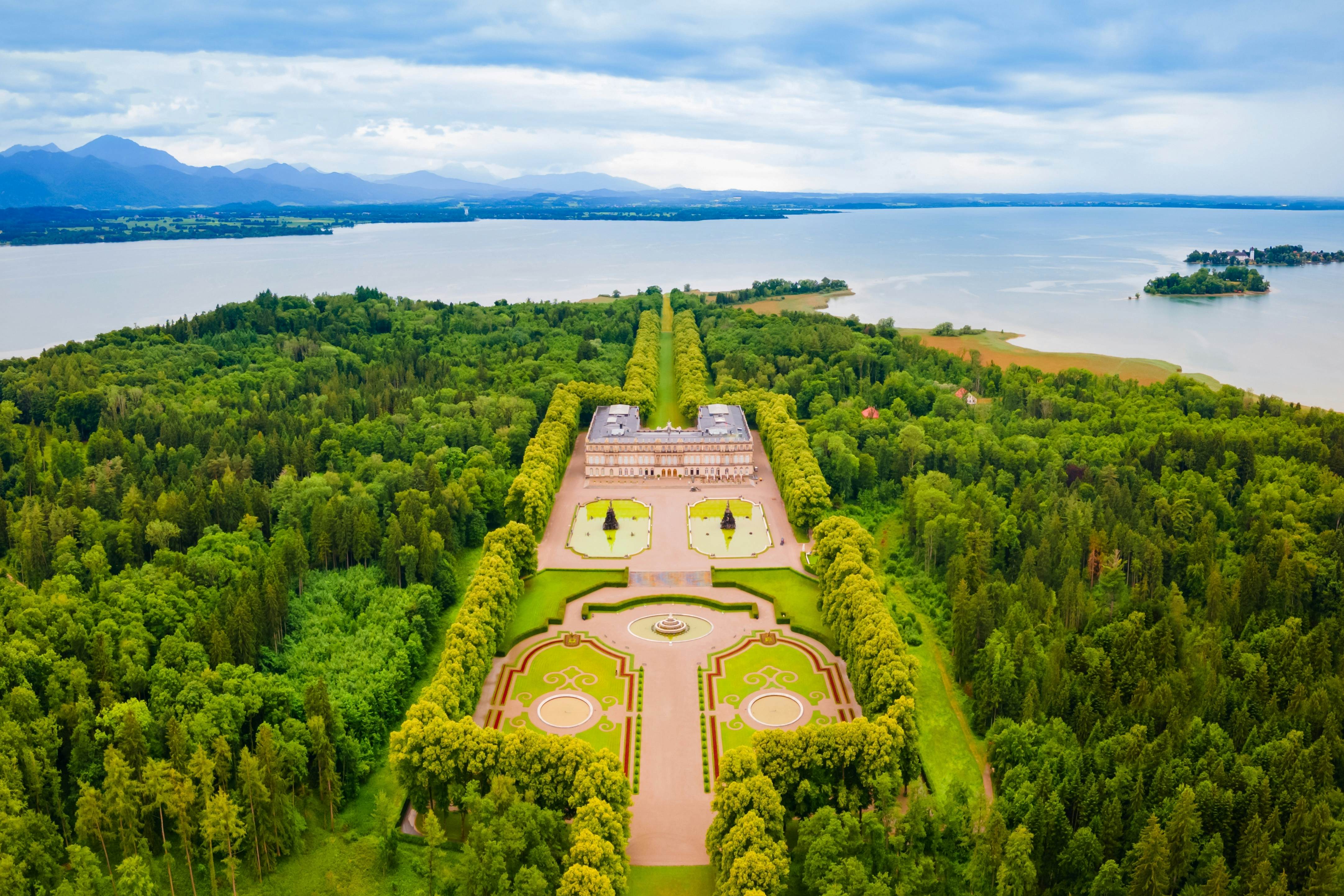
Day 7: See Ludwig II’s island palace in Chiemsee
Go from Füssen to Chiemsee: It’s a good two-hour drive along the foot of the Alps to Chiemsee, Bavaria’s biggest lake, which lies to the east of Füssen.
How to spend the day: To explore Chiemsee, take one of the hourly or half-hourly ferries from Prien-Stock or Bernau-Felden to the boat landing on the island of Herreninsel. From here, it’s a 20-minute walk through pretty gardens to Schloss Herrenchiemsee (Herrenchiemsee Palace). Often the last of Ludwig II’s mad mansions that tourists see, the palace is the most Versailles-like of all the king’s ostentatious pads.
Incredibly, Ludwig blew more cash on this castle than on Neuschwanstein and Linderhof put together, but 50 rooms were still never completed. Those that were finished strive to outdo each other in sheer opulence. One of the most impressive sights is the Grosse Spiegelgalerie (Great Hall of Mirrors), a tunnel of light that extends the length of the garden to 98m (320ft), longer even than the garden at Versailles.
Another must-see is the king’s bedroom, the Kleines Blaues Schlafzimmer (Little Blue Bedroom). The decoration is overwhelming, encrusted with gilded stucco and wildly extravagant carvings, and the room is bathed in a soft blue light emanating from a glass globe at the foot of the bed. Incredibly, Ludwig only spent 10 nights here.
Evening: In warmer weather, camping by the lake is a quintessential Bavarian experience, and there are several campsites around Chiemsee. Otherwise, stay and dine at one of the hotels along the lakeshore.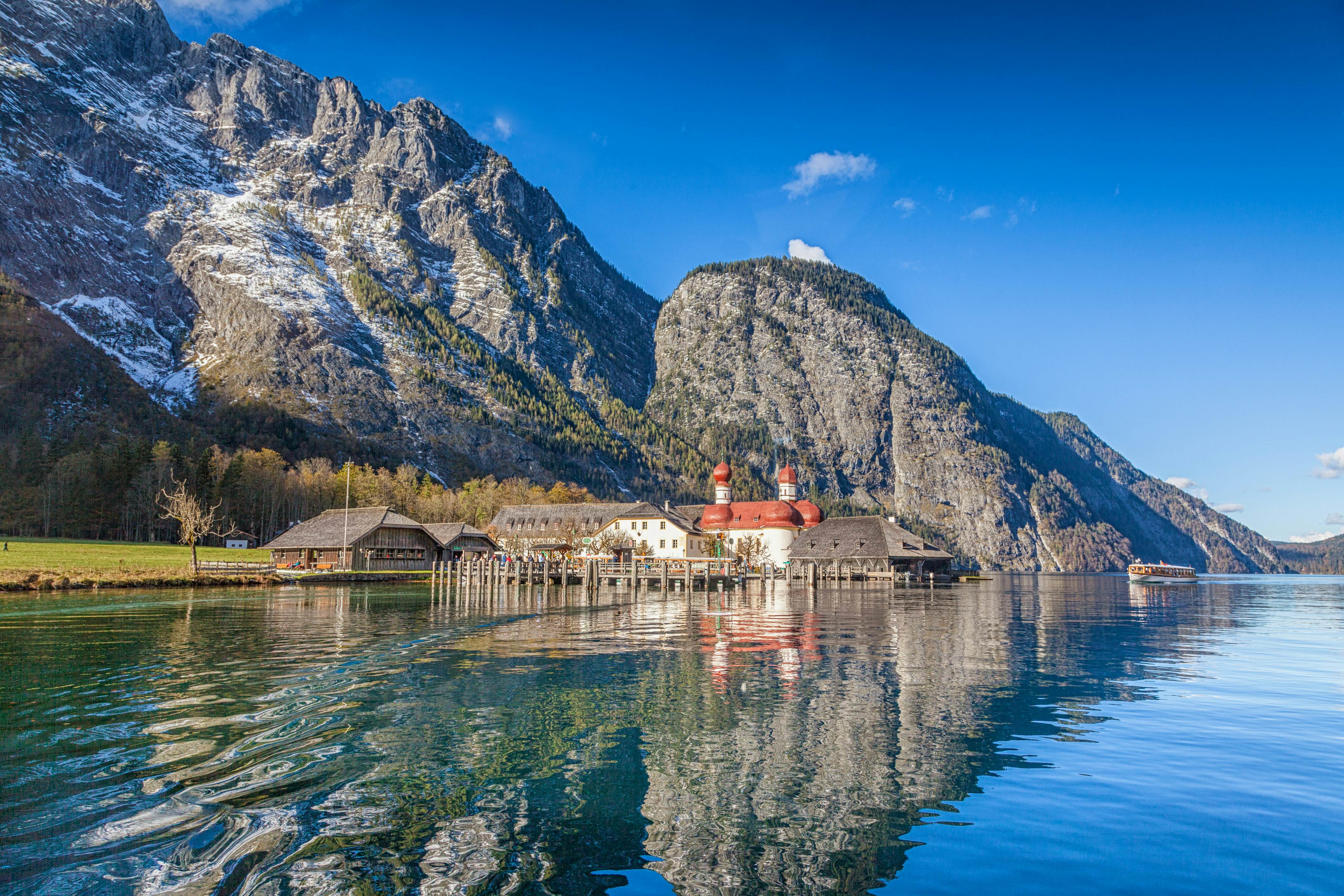
Day 8: Cruise along the Königssee near Berchtesgaden
Go from Cheimsee to Berchtesgaden: Start the day with the hour-long drive from Cheimsee to Berchtesgaden. If you didn’t have time for breakfast before setting out, stop in at Café Graflhöhe “Windbeutelbaron” – a panorama-rich, traditional restaurant and cafe in Berchtesgaden.
How to spend the day: The best thing to do in Berchtesgaden is to take a pleasure boat trip across the shimmering, fjord-like depths of Königssee. Boats operated by Bayerische Seen-Schifffahrt run from around 8am to 5pm. At busy times (such as weekends between May and September, and all of July and August), it’s a good idea to buy tickets ahead online.
The purring electric boats are the only craft allowed on the lake, apart from the company’s rowboats, and the trip to the hamlet of St Bartholomä – the site of a famous pilgrimage church – takes around 30 minutes. En route, the boat will pause so the captain can blow a trumpet towards the Echo Wall – the sound bounces off the rock in a perfect echo.
Evening: For an early dinner, Gaststätte St Bartholomä at St Bartholomä can only be reached by boat and it serves Bavarian food and HB lager. Otherwise, eat in Berchtesgaden. 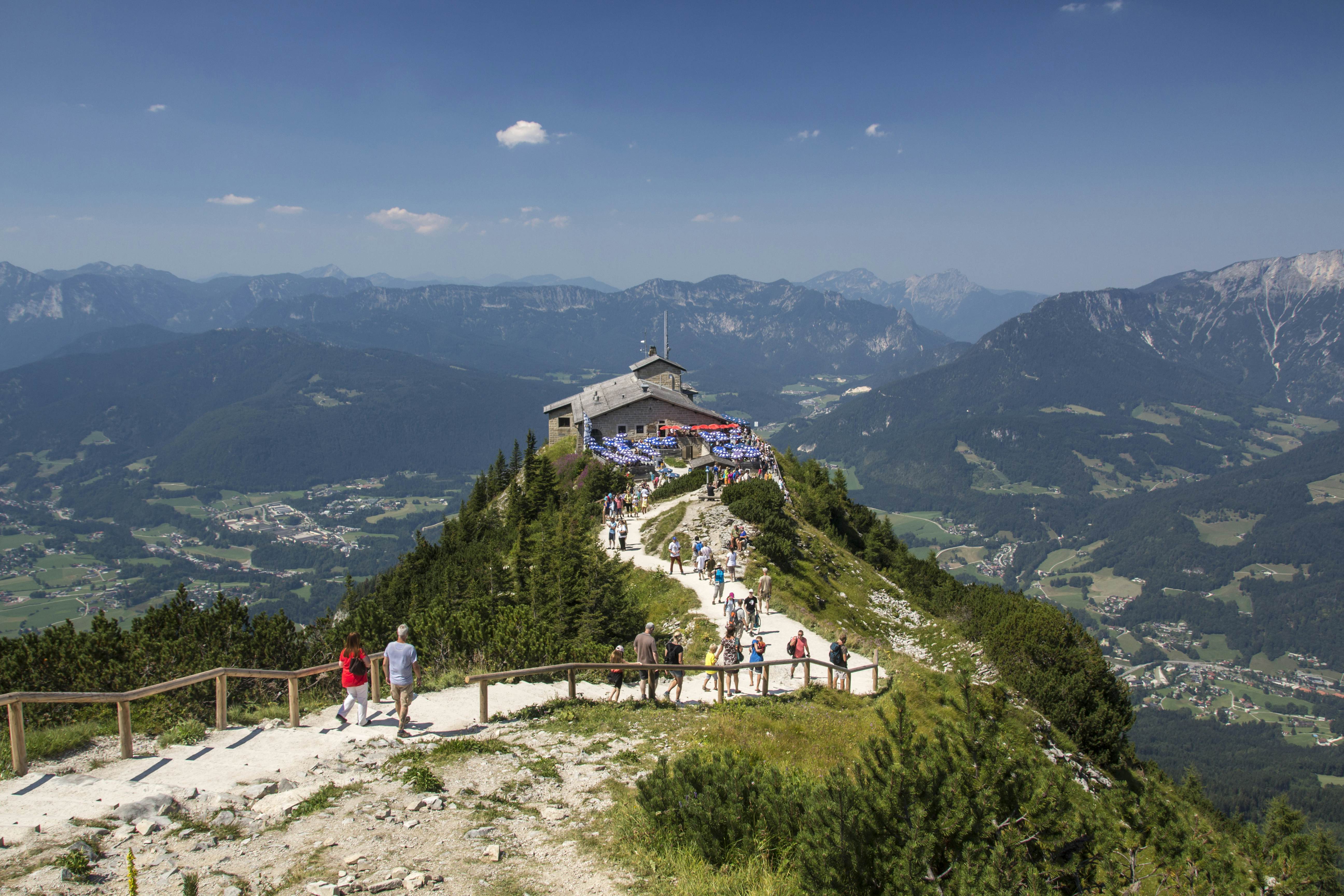
Day 9: Learn about Berchtesgaden’s dark heritage
How to spend the day: Spend the last day exploring the area around Berchtesgaden, starting in Obersalzberg, about 3km (1.9 miles) southeast. Here, the Dokumentation Obersalzberg features a comprehensive exhibit exploring the dark history of the village, which was once the second seat of Nazi power after Berlin.
Various rooms document the forced takeover of the area, and a section of the Nazi’s underground bunker network is open for exploration. Leave the car where you are staying; the hourly 838 RVO bus from Berchtesgaden train station will get you to the museum.
A short distance away is Hitler’s notorious mountain hideout, the hard-to-reach Eagle’s Nest, aka Kehlsteinhaus. Poised at 1834m (6017ft) above sea level, this precariously situated chalet was built as a mountaintop hideaway for the Führer and gifted to him on his 50th birthday. The villa can only be reached by road via the 849 RVO bus from Dokumentation Obersalzberg; on foot, it’s a very steep climb.
On clear days, the views from the Eagle’s Nest are simply breathtaking, with the mountains ringing Berchtesgaden rising all around. Allow at least two hours to get through the queues, explore the lodge and mountaintop, and perhaps pause for a bite to eat. Some choose to hike back down to Dokumentation Obersalzberg for a more peaceful return trip (allow around two hours).
Evening: If you don’t eat at the Eagle’s Nest, treat yourself to dinner at Berchtesgadener Esszimmer, a Michelin-starred restaurant that offers regional dishes in a traditional dining room.
This article was adapted from Lonely Planet’s Munich, Bavaria & the Black Forest guidebook from June 2024.














































































